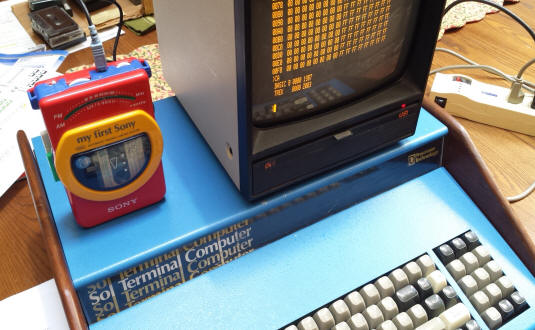
Processor Technology Sol-20
Terminal - Computer

System after rebuild
The Sol-20 was the first fully assembled microcomputer with a built-in keyboard and composite video output. It's an Intel 8080 system with built-in video graphics and I/O and audio cassette interface for program and data storage. it has a five slot S-100 buss for expansion and a swappable ROM card that provided startup with a loader utility, terminal emulation, or custom code.
I first worked with one of these in 1977 at the Byte Shop. We used regular black & white TV's modified to connect composite video as displays. Later we were able to obtain professional monitors like the one in the photo. We also had to modify some cassette players to get good program loads from tape. I managed to save some of the tapes over the years, like BASIC and STAR TREK which still work (see below).
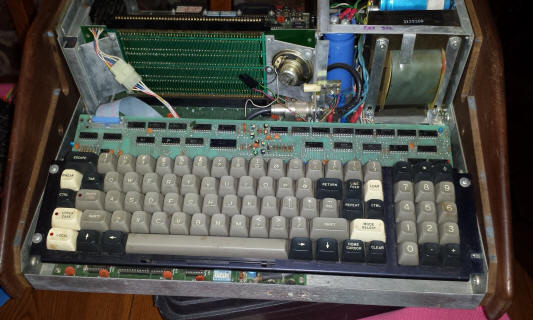
Front view with cover removed
This unit's physical condition wasn't too bad, and booted to the SOLOS, however it did have one bad RAM chip that was easily located and replaced (socketed). The 48K RAM card that came with the system had almost all of its tantalum capacitors shorted. I replaced all of them. I also had to repair the monitor, also a bad capacitor in its power supply. The keyboard had many keys that were not working. See rebuild below.
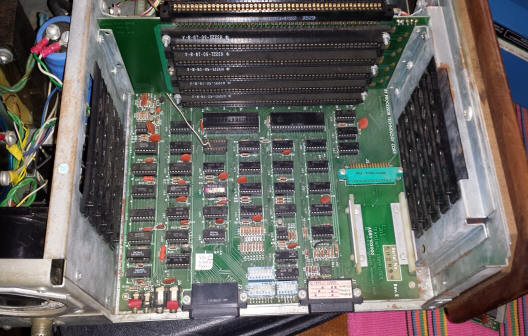
Rear view with boards removed
I inspected the unit before powering it up and tested the power supply before applying power to the board. I also made a backup of the EPROM's on the personality module (removed from connector slot lower right corner in the photo above).
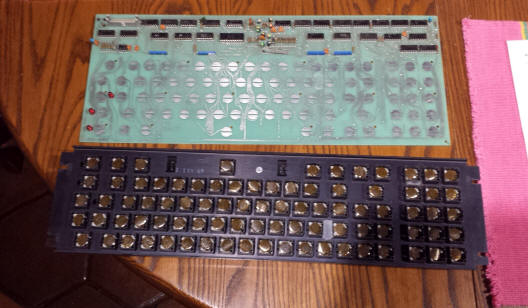
Keyboard was nonfunctional due to aged capacitive pads and deteriorated foam. There are several articles on line about rebuilding capacitive keyboards and replacement pads are available for some models. I decided to make my own. I removed all the key plungers and old foam pads. I saved the clear plastic part that clips into the plungers.
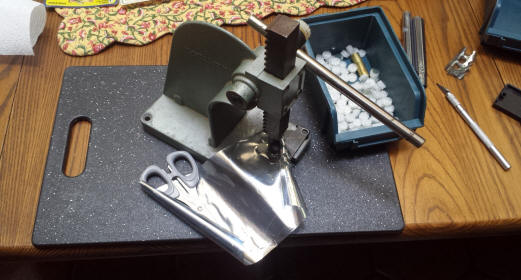
New pads were manufactured out of anti-static bags. New foam was cut out of sheets of 3/16" foam. I tested several materials and found these worked the best. Other articles suggest using "space blanket" which is an aluminum coated plastic sheet. Others have used aluminum tape. I found the aluminum tape to be too conductive and caused duplicate bounced characters (see below). I found a circular punch that was the correct size at Harbor Fright Tools. I used contact cement to glue them together.
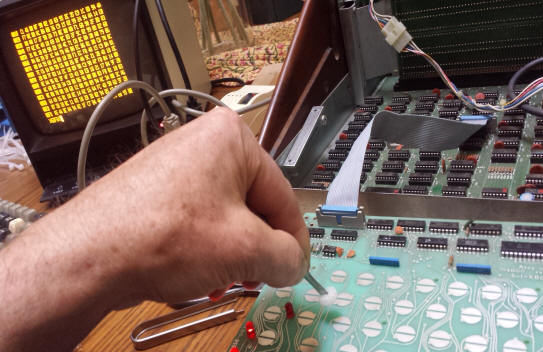
Testing different material for replacement contacts. I found that anti-static bags (used to ship circuit boards and hard drives) worked the best. The foam was cut from closed cell foam blocks used in packing material. These are actually made from 3/16" thick sheets of foam laminated together that can sometimes be easily separated.
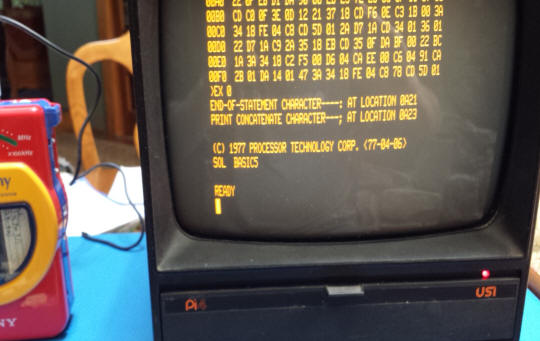
Loading Basic from cassette.
I had managed to keep several tapes from the 70's and found that they still worked! I was able to load several programs including SOL Basic 5 and Star Trek.
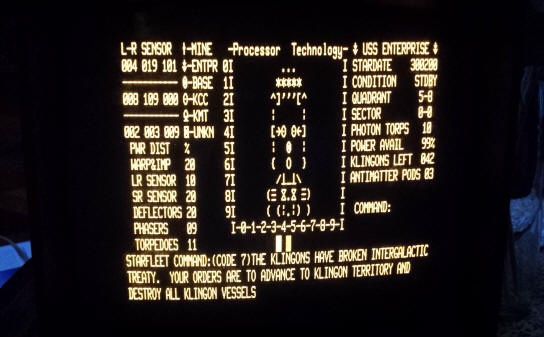
Star Trek game.